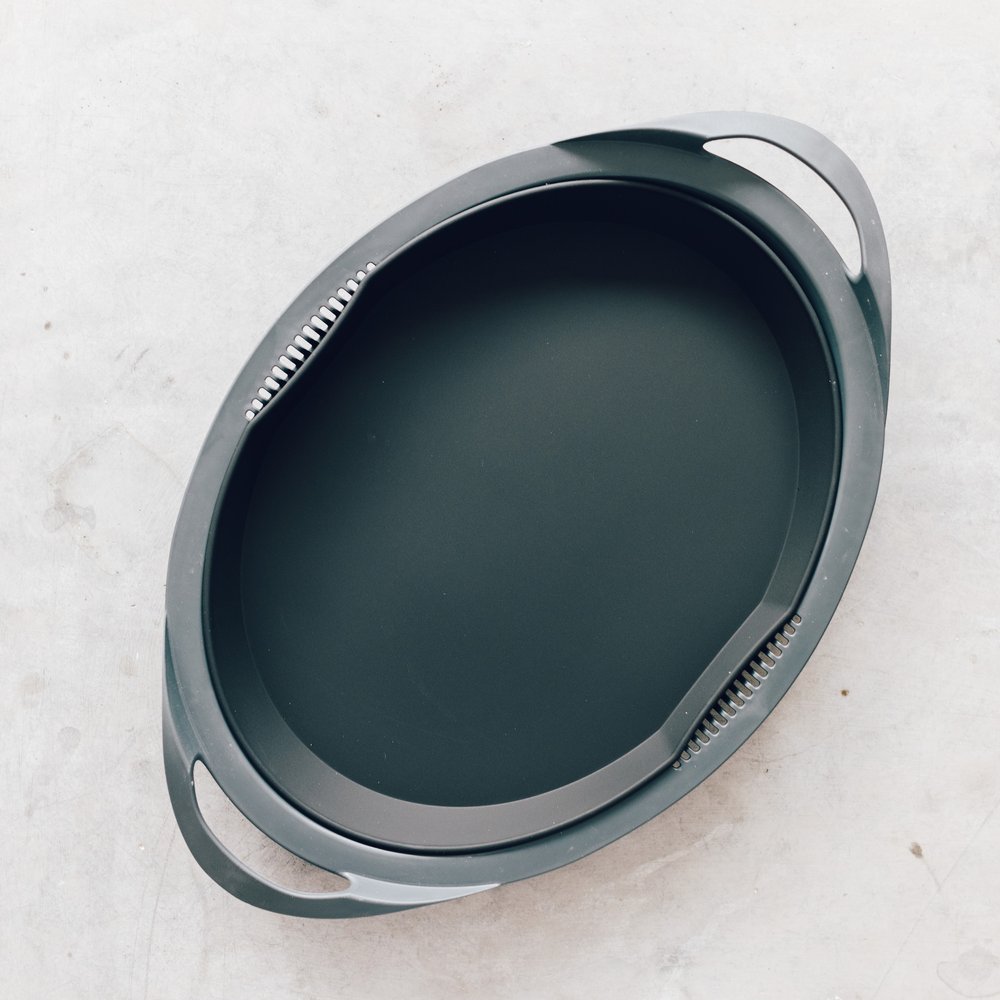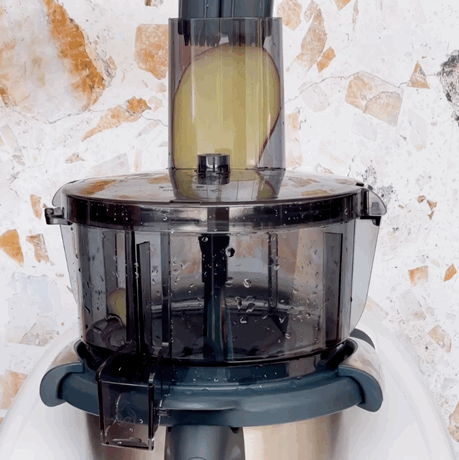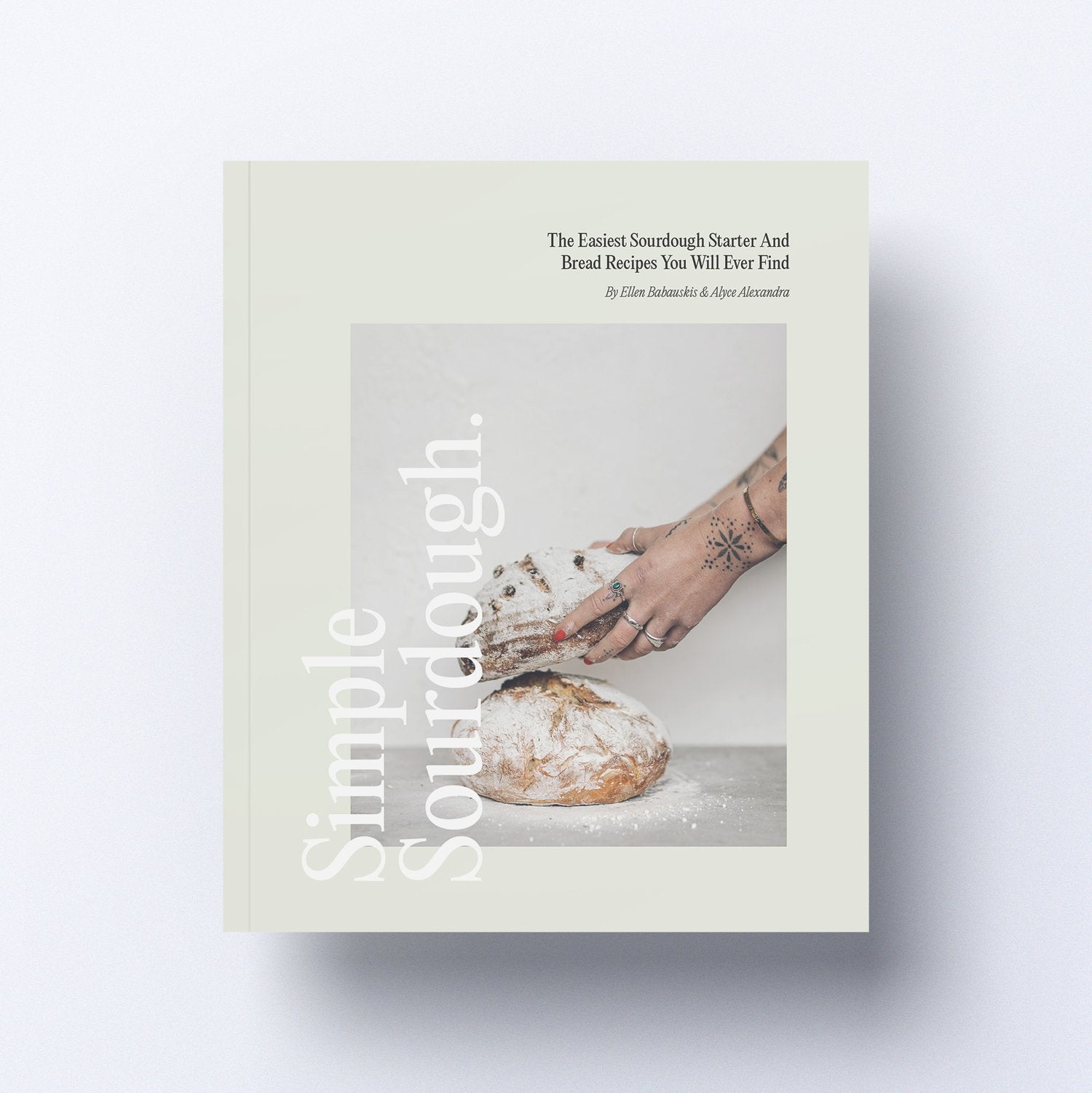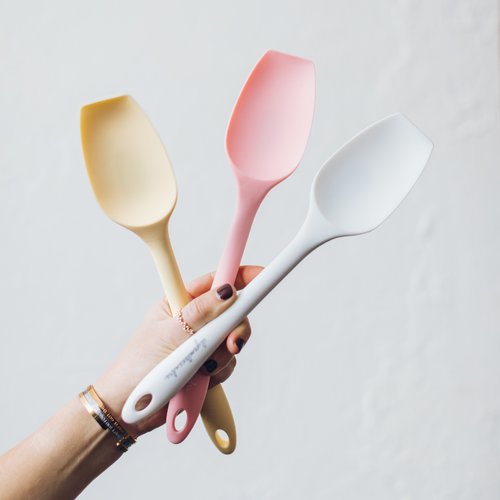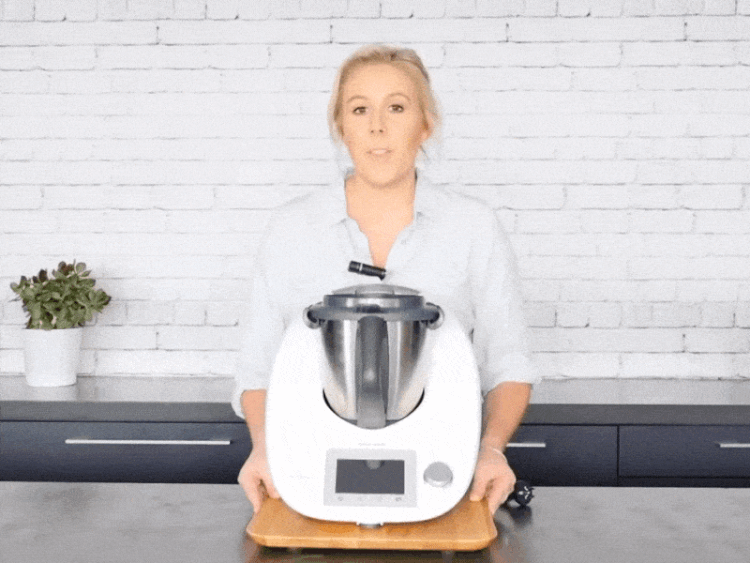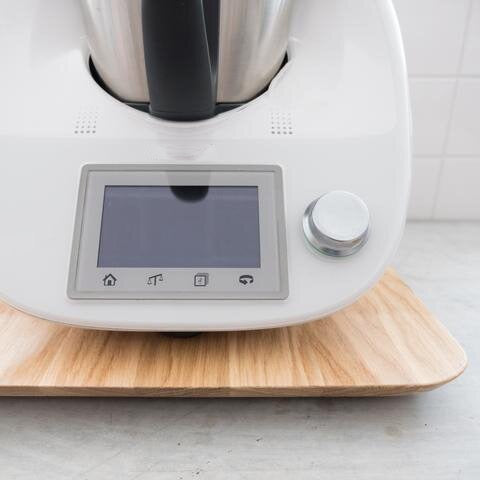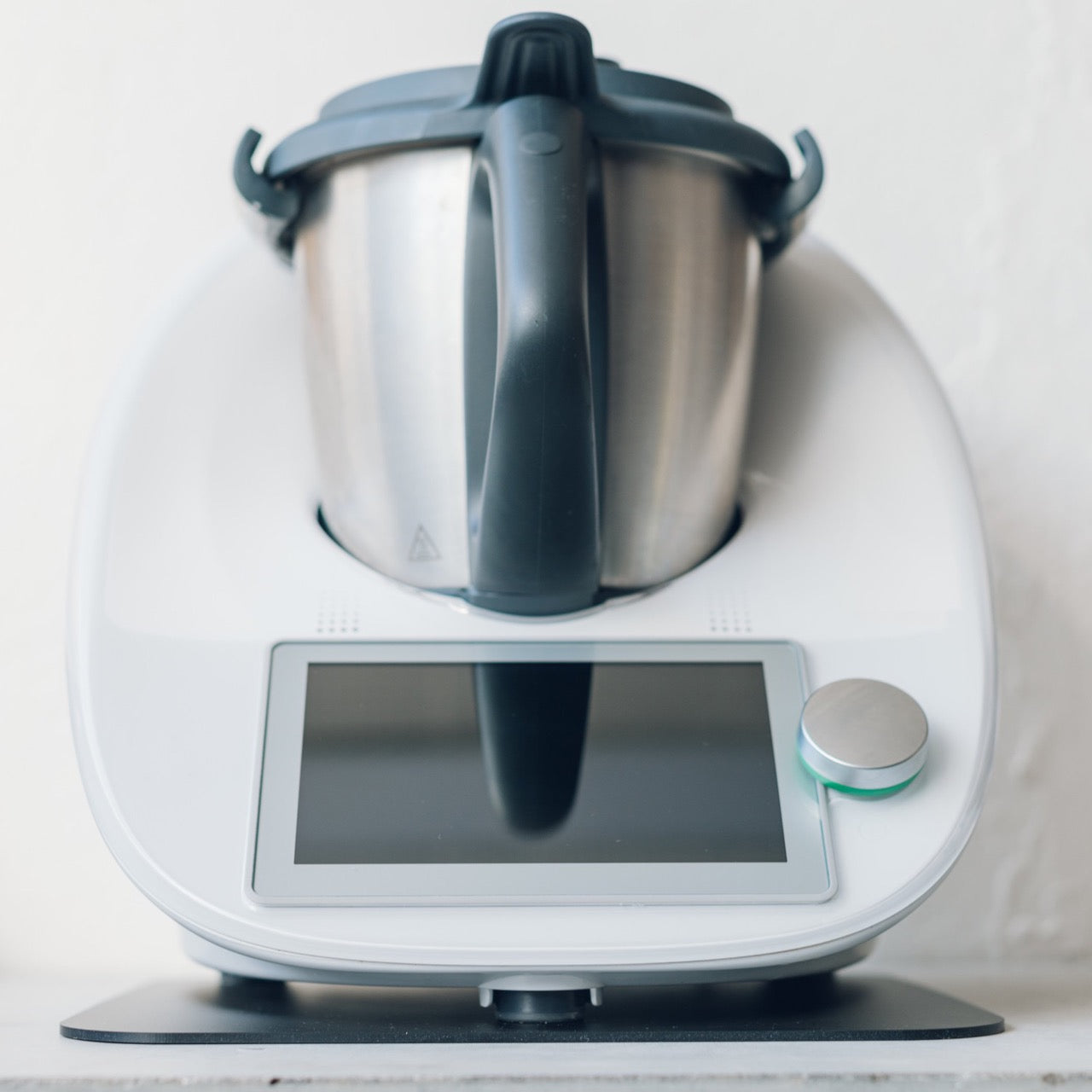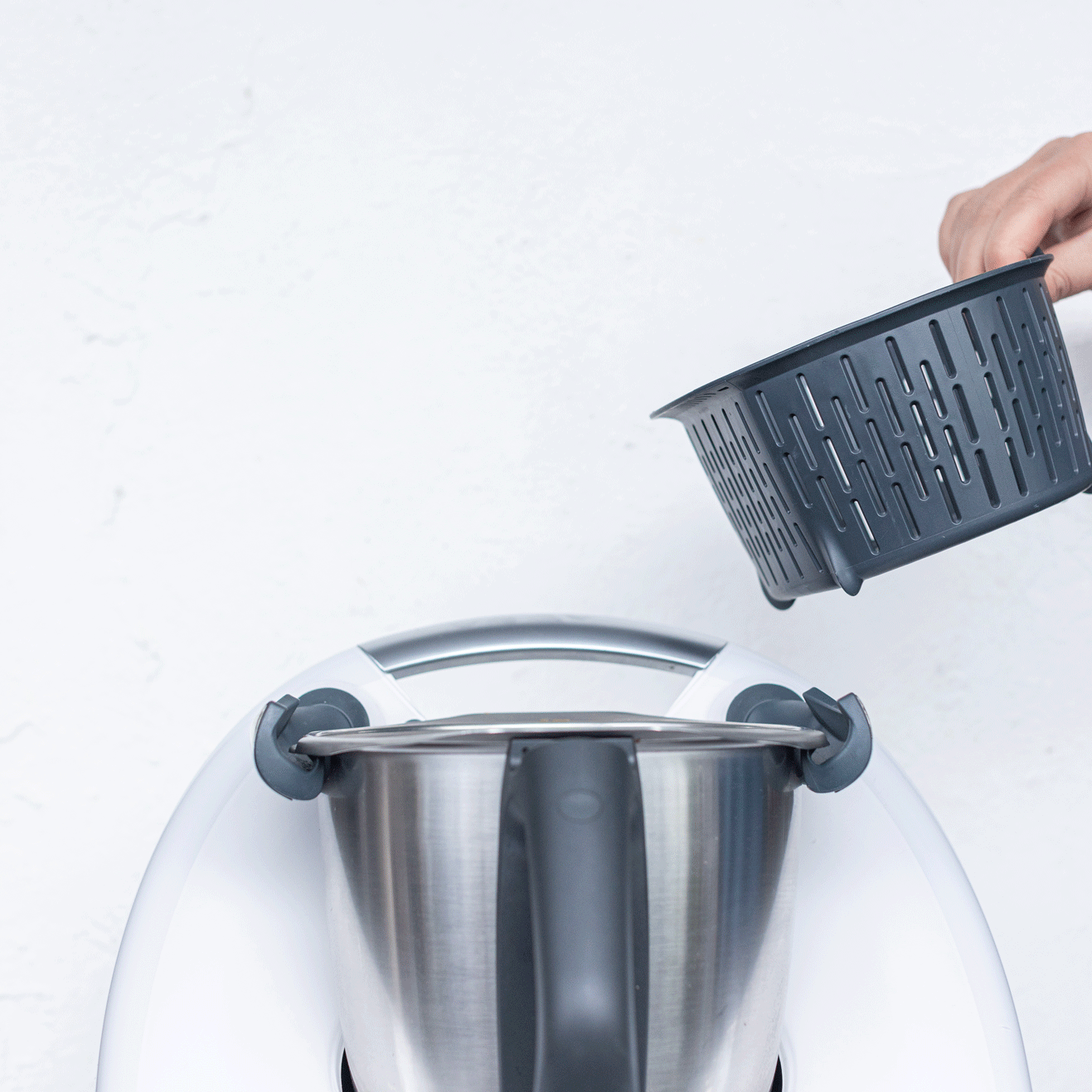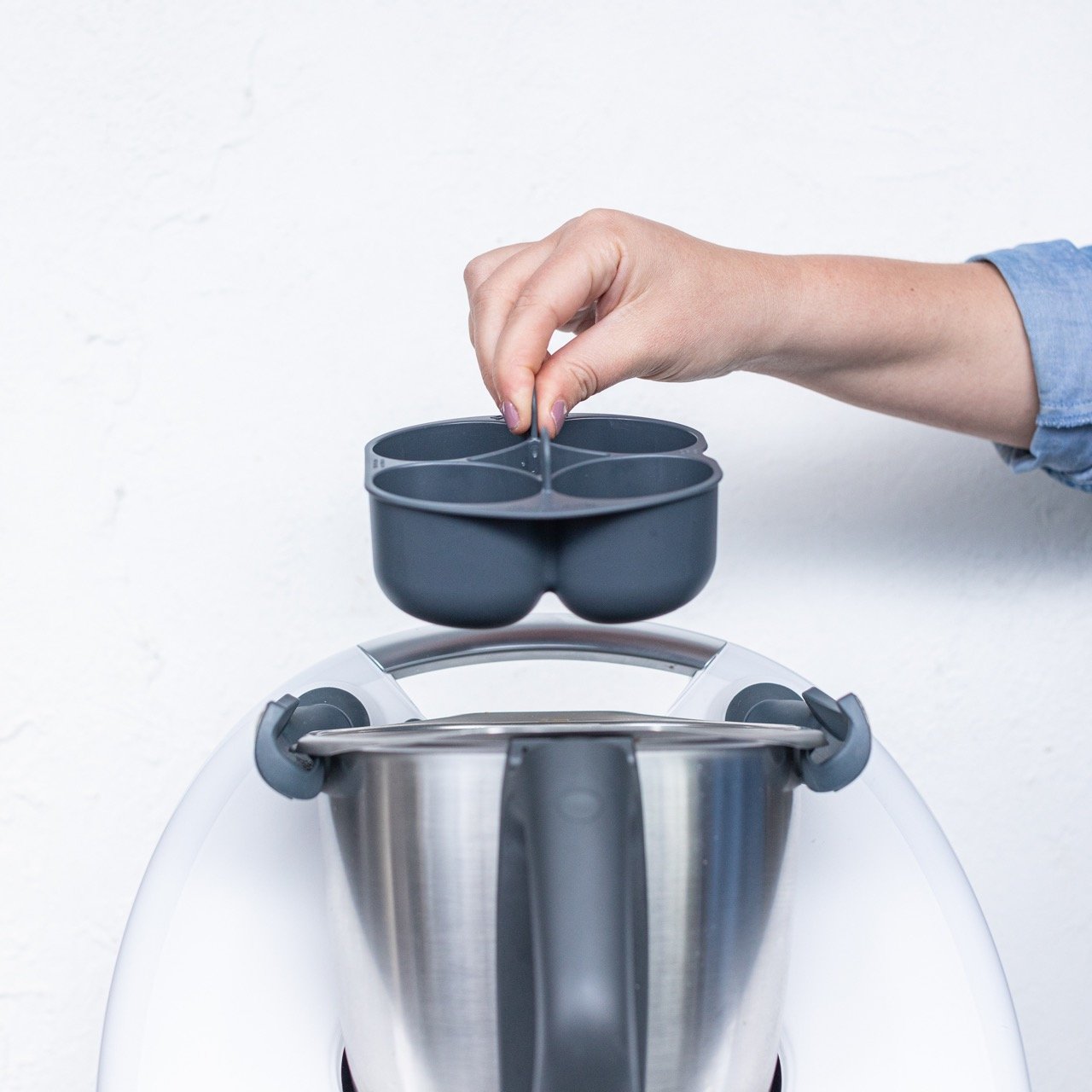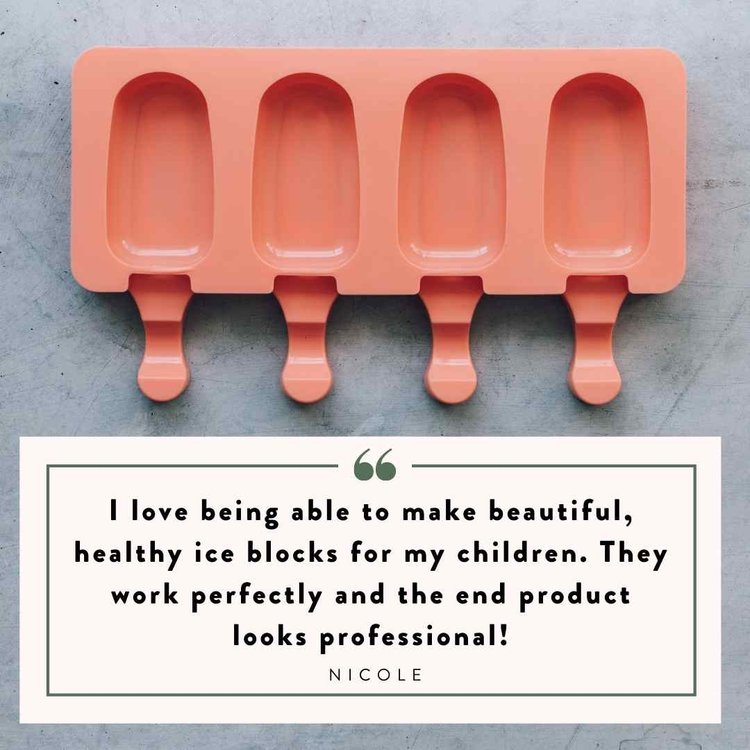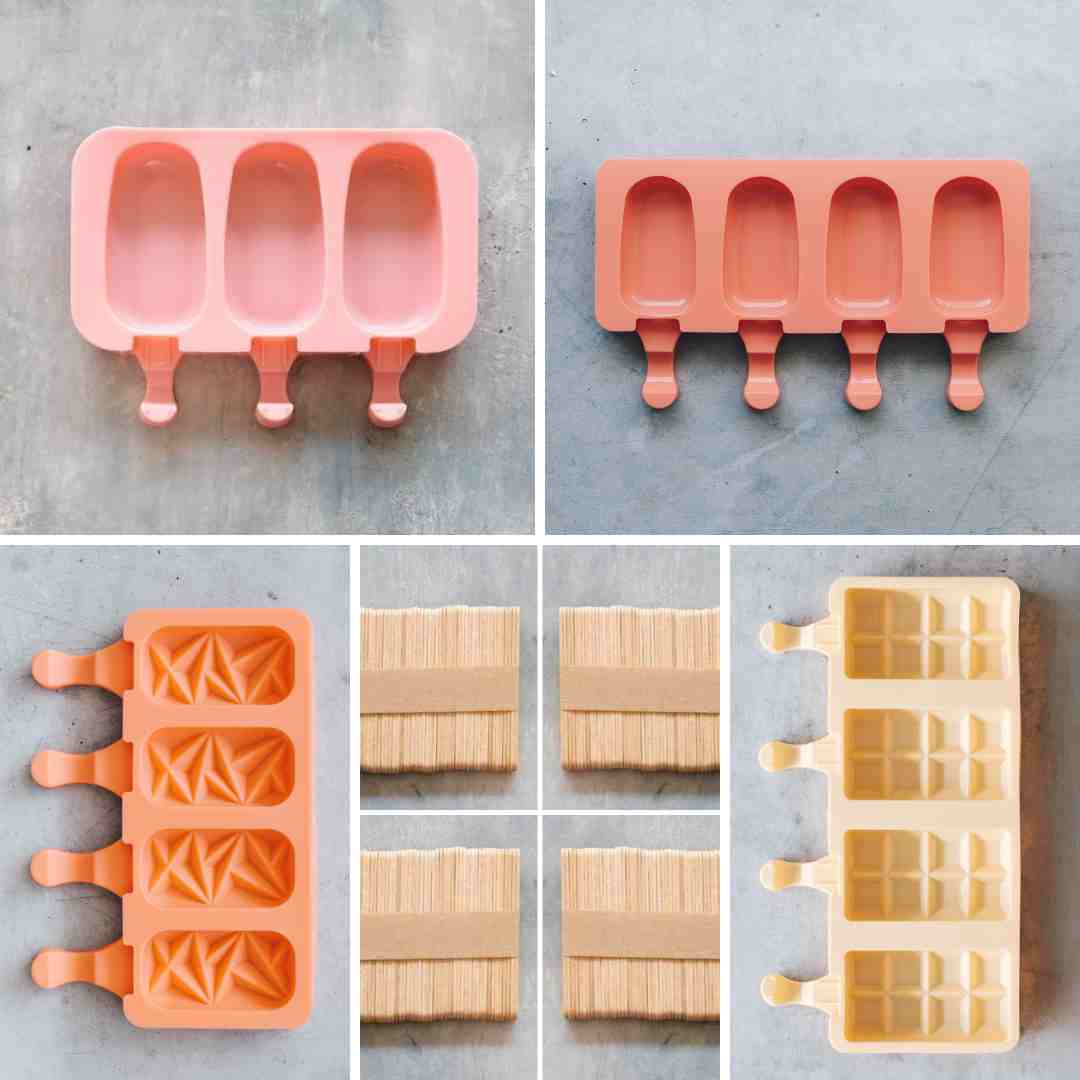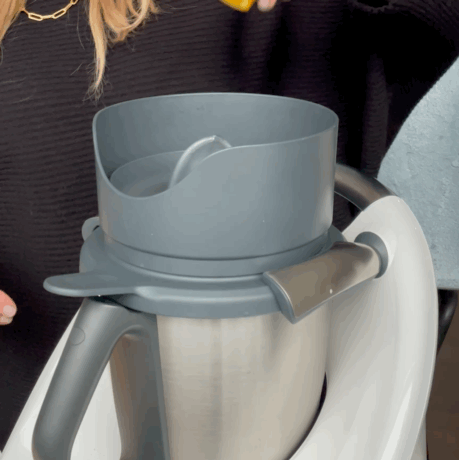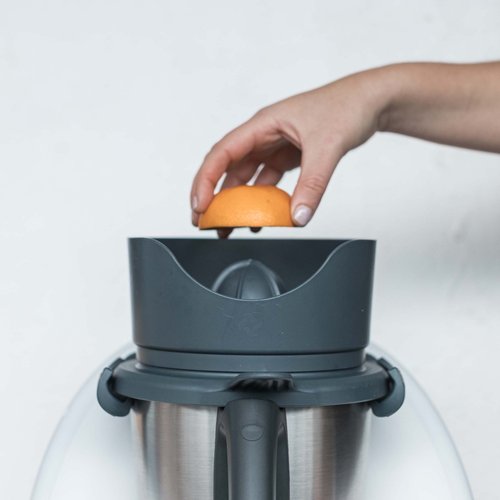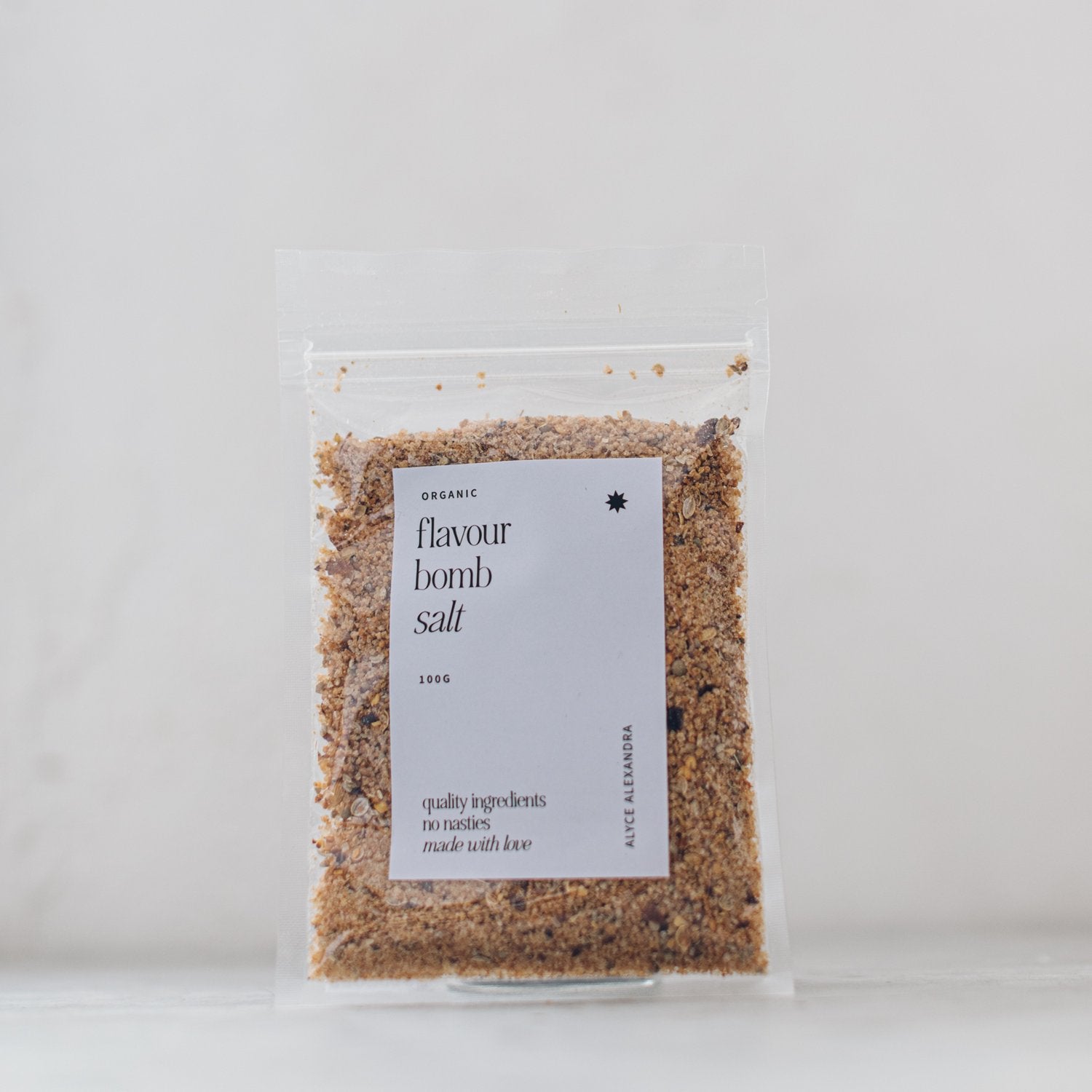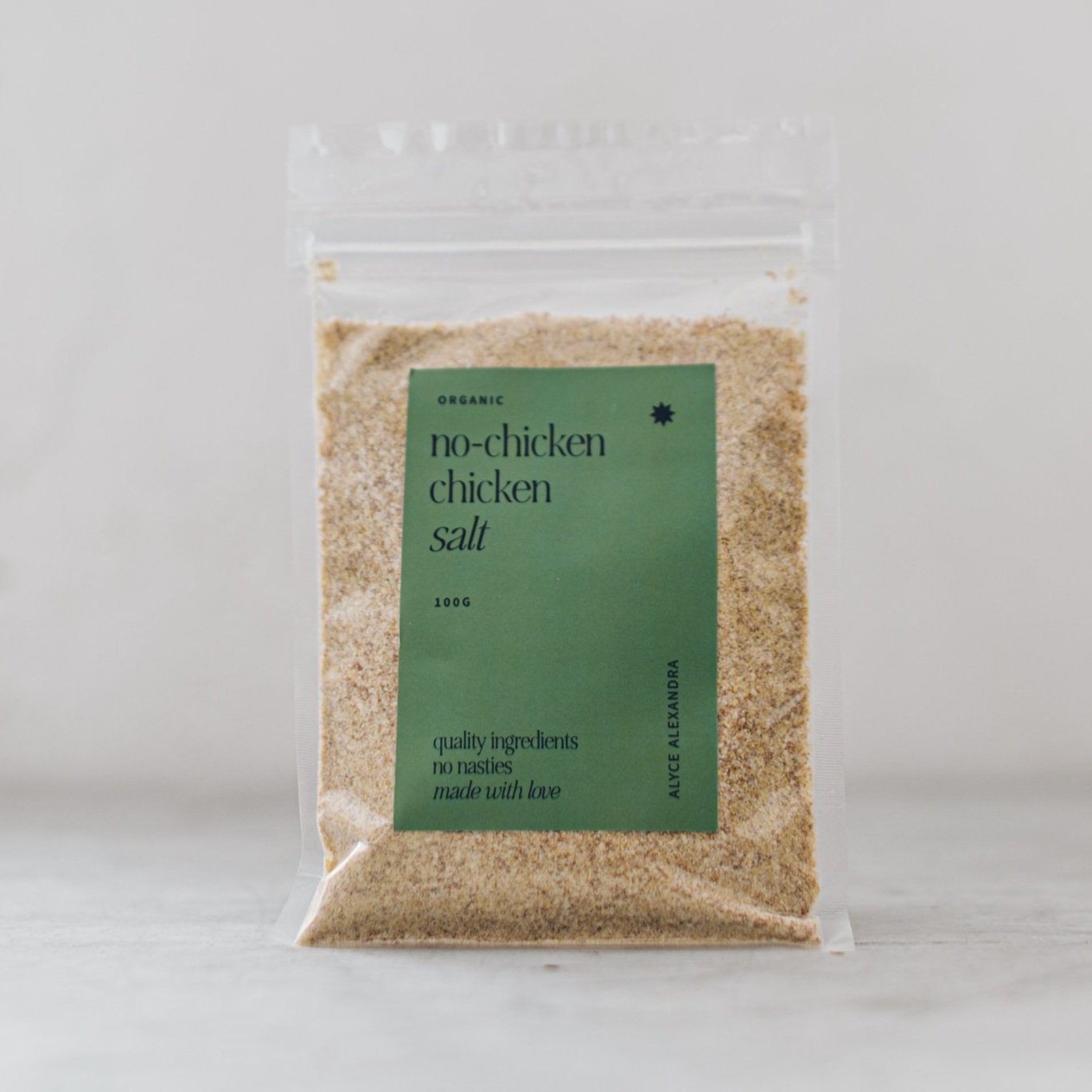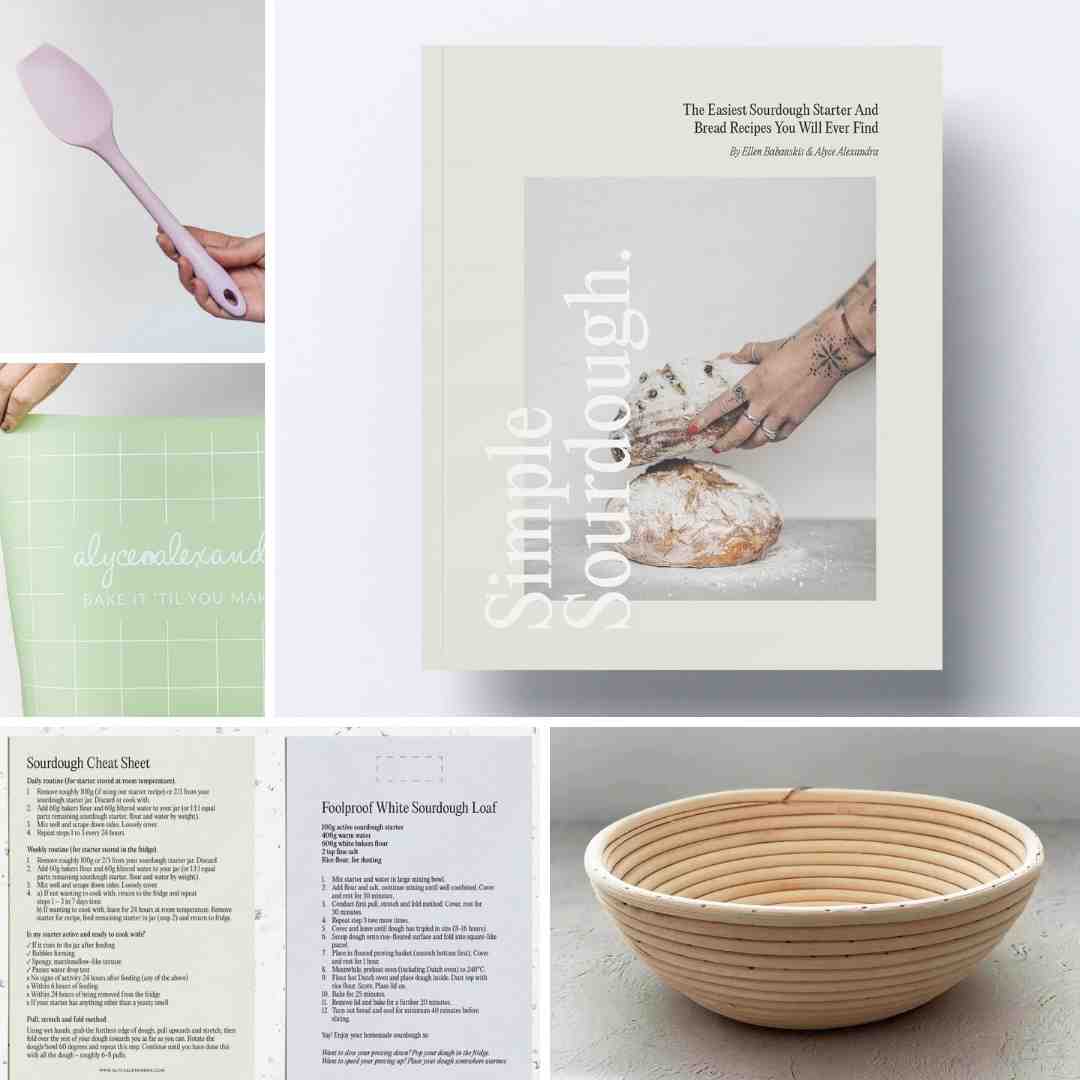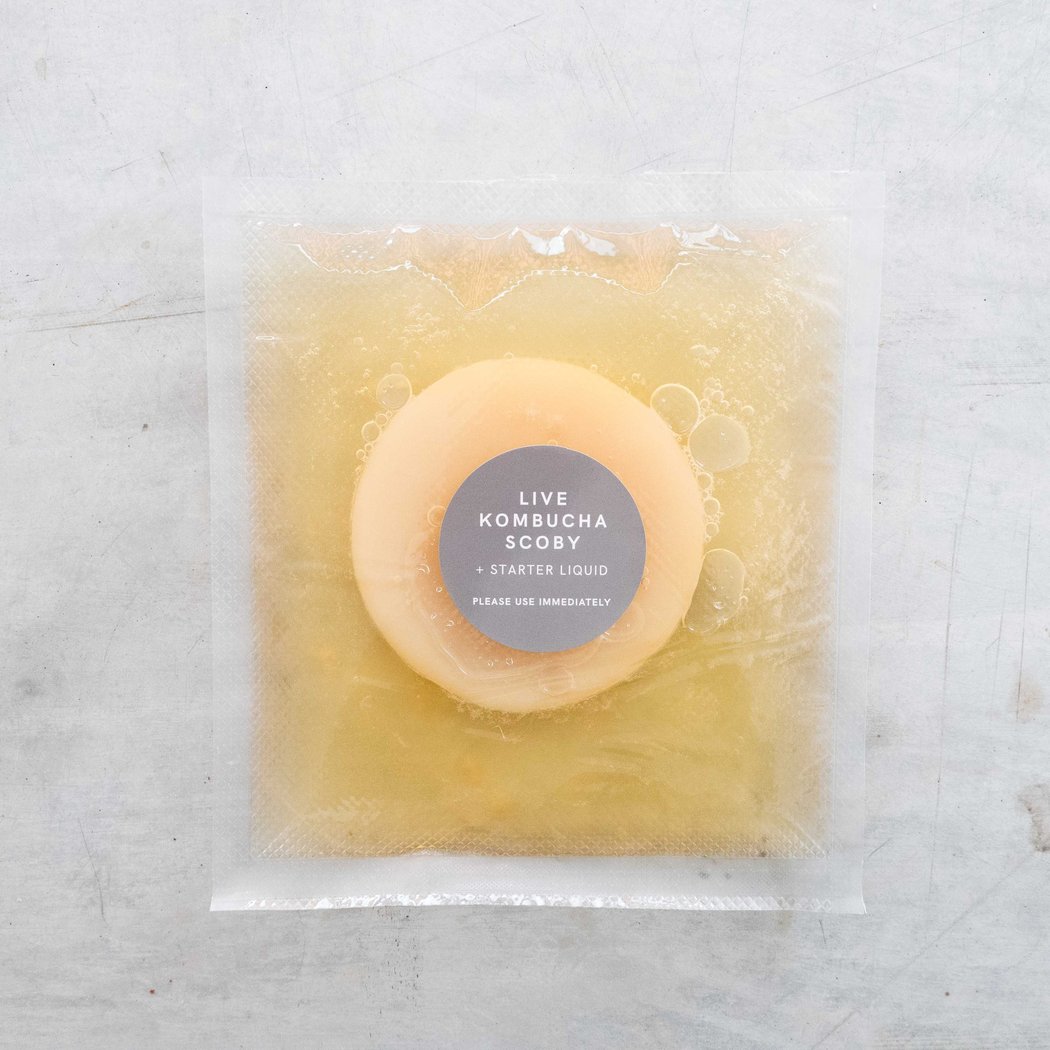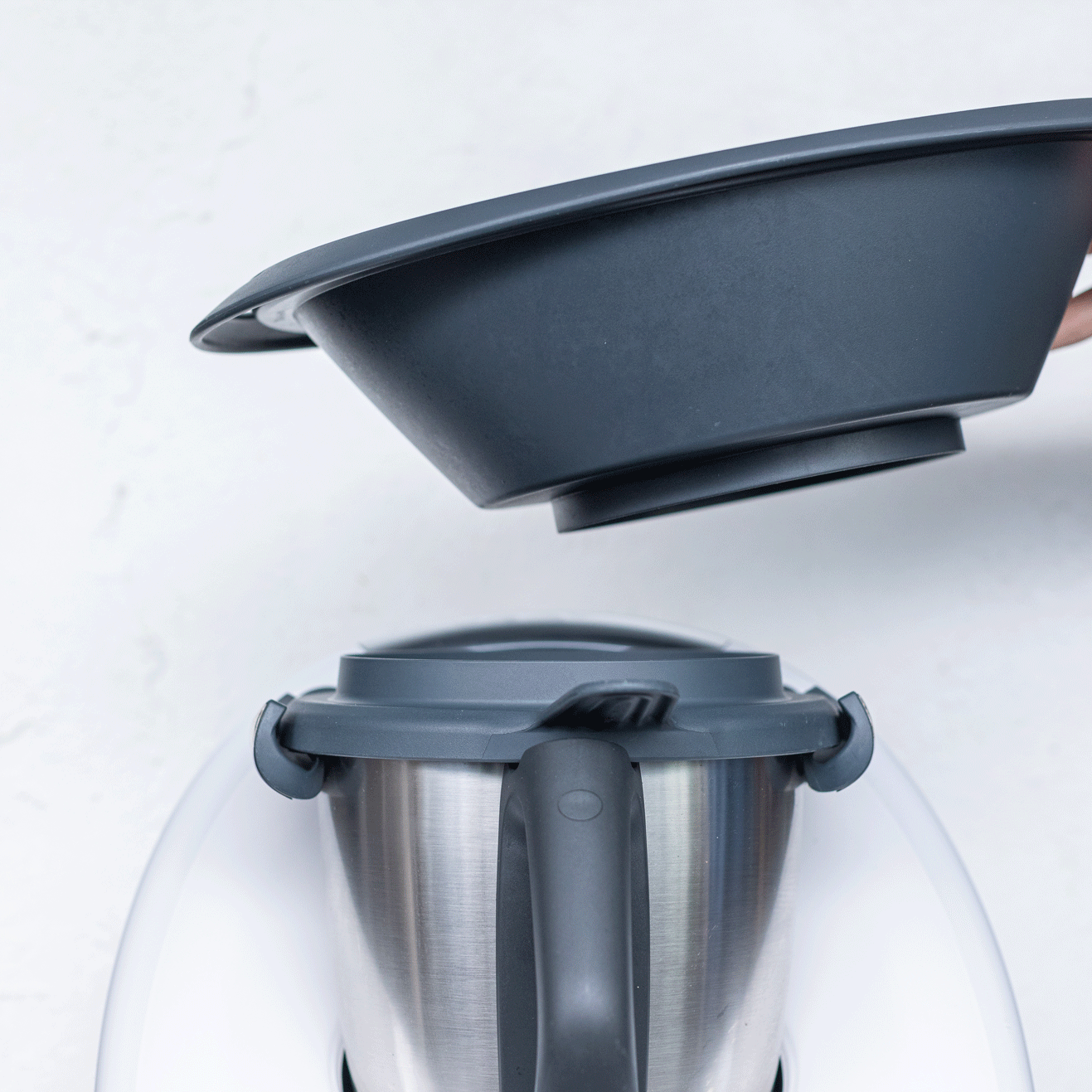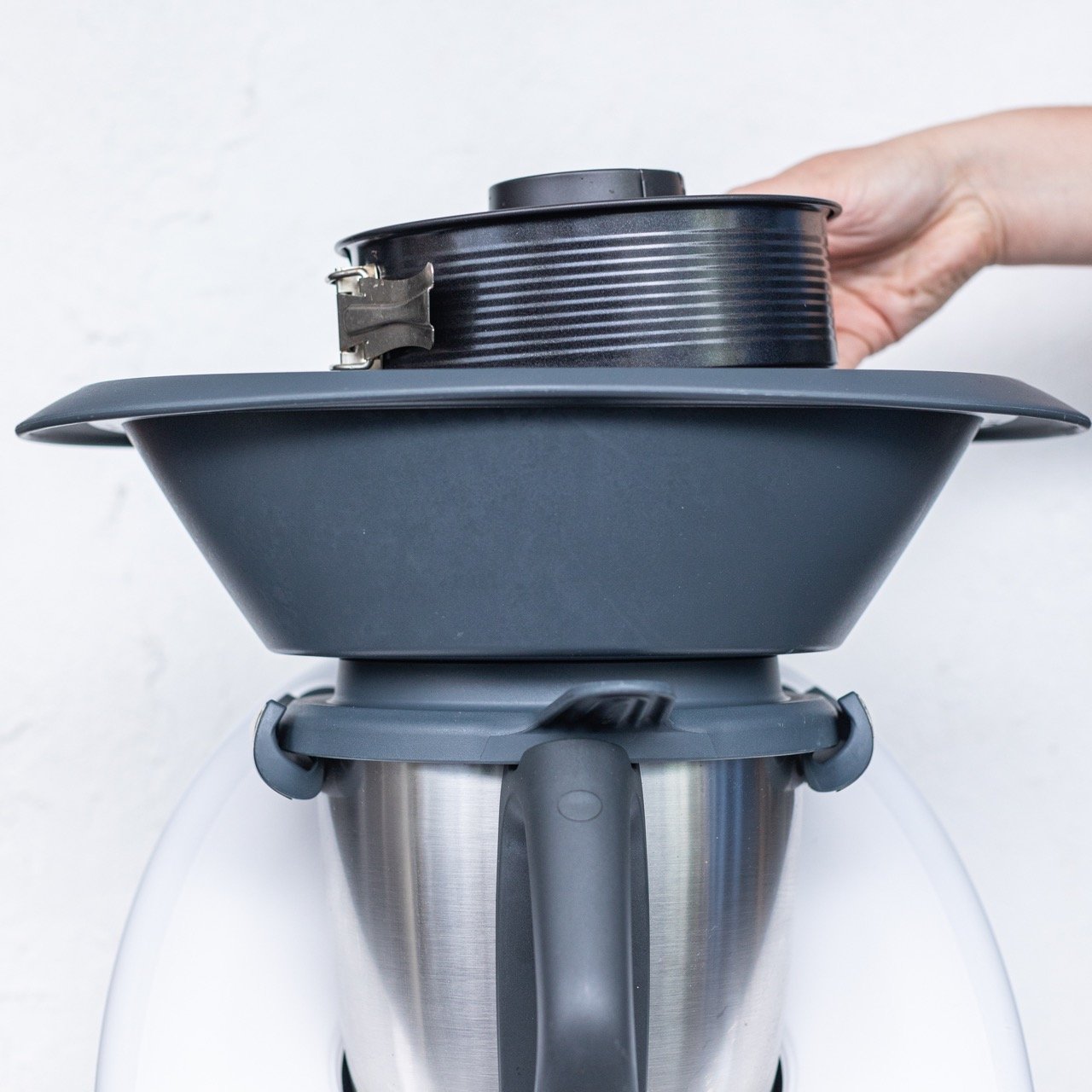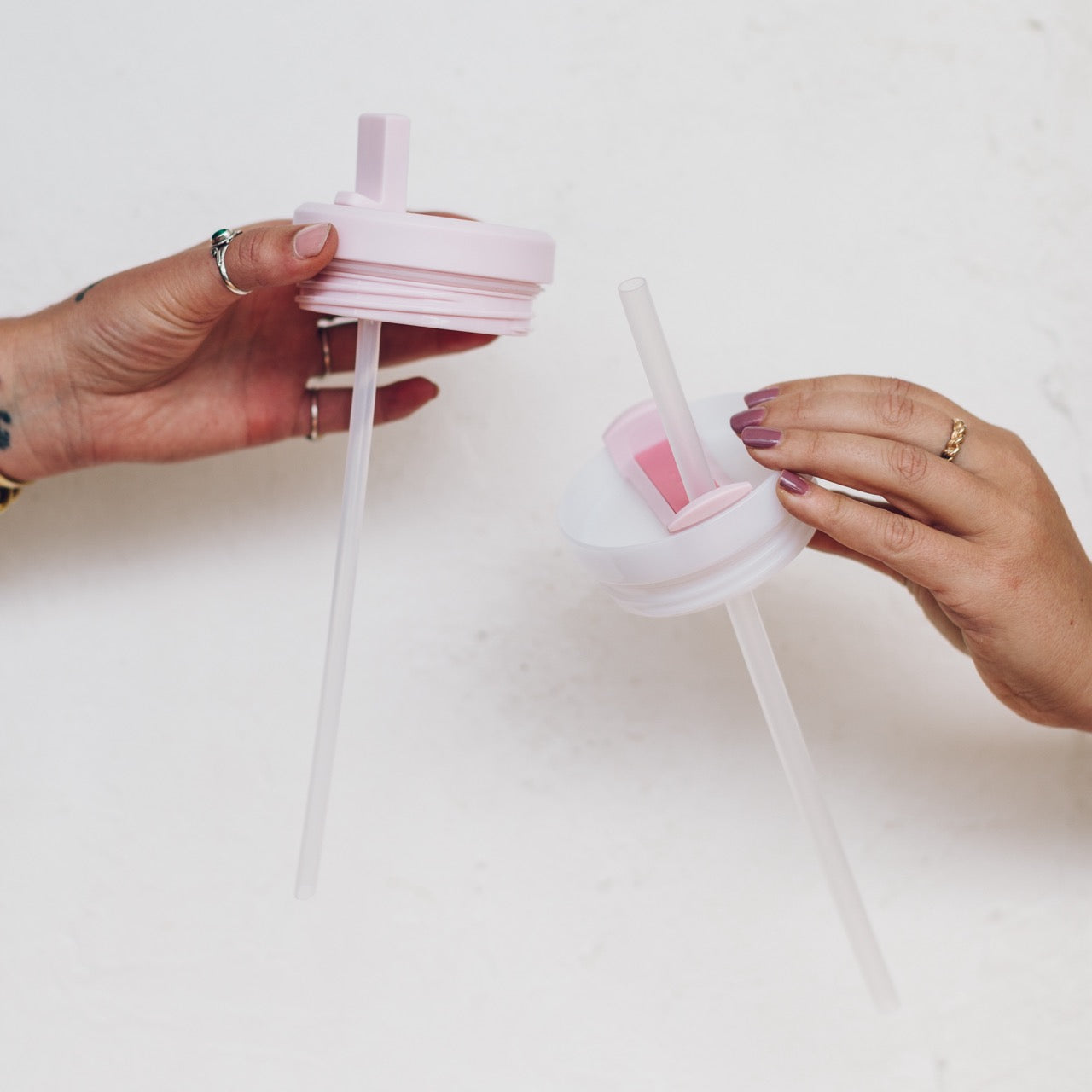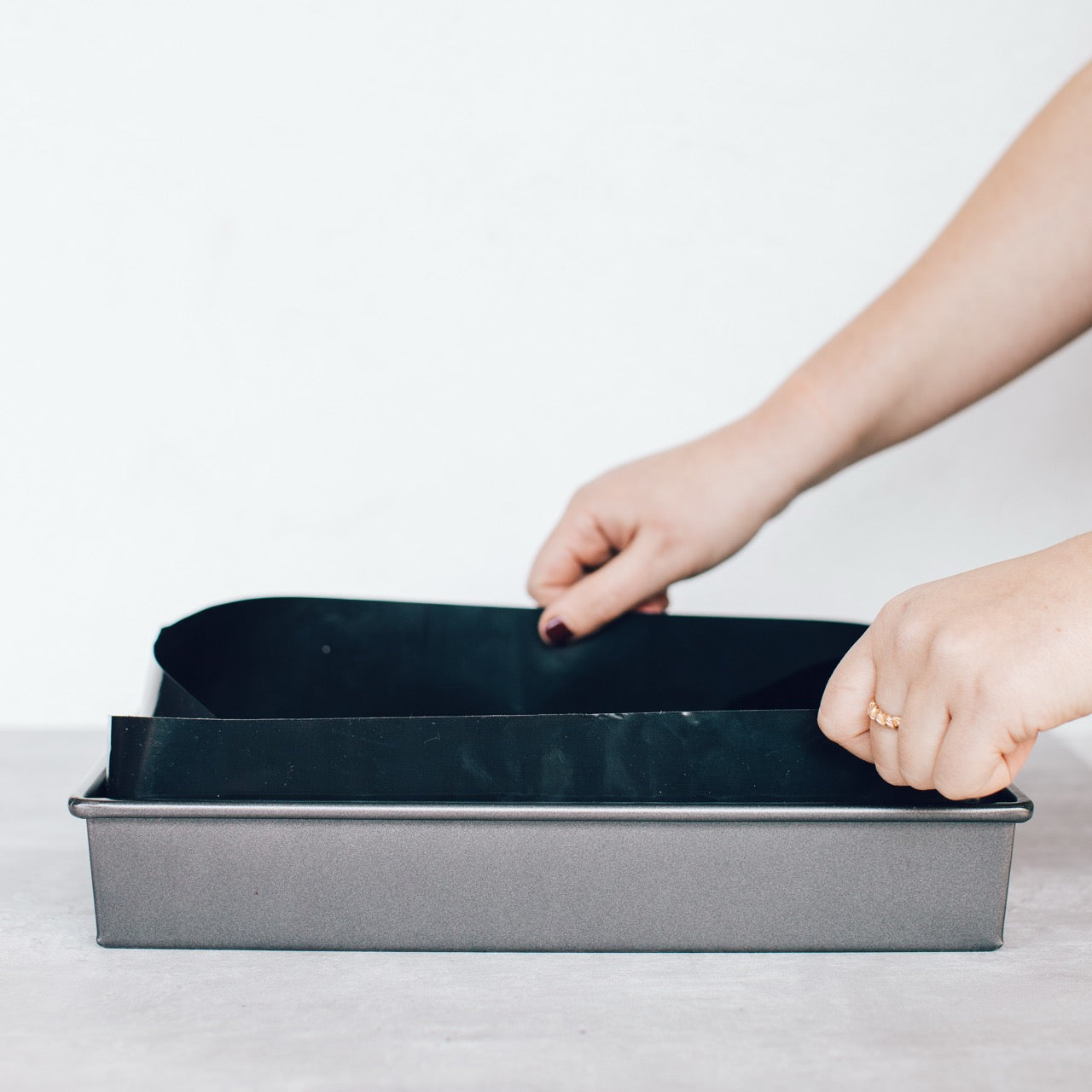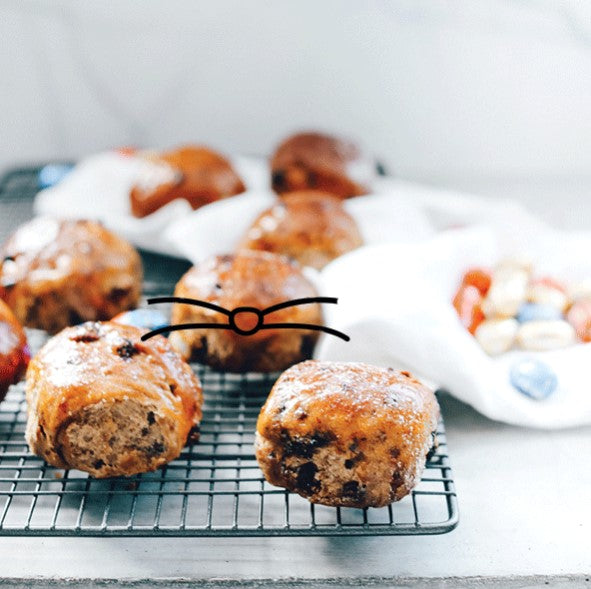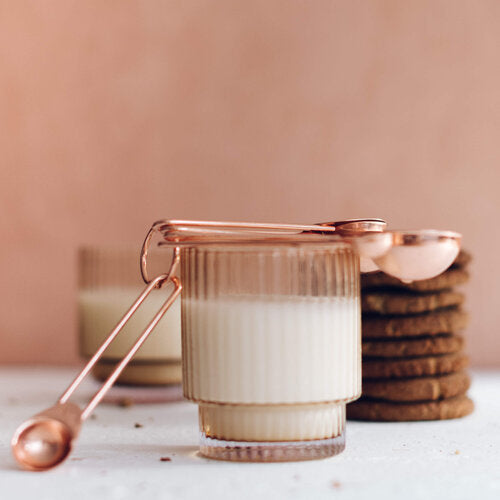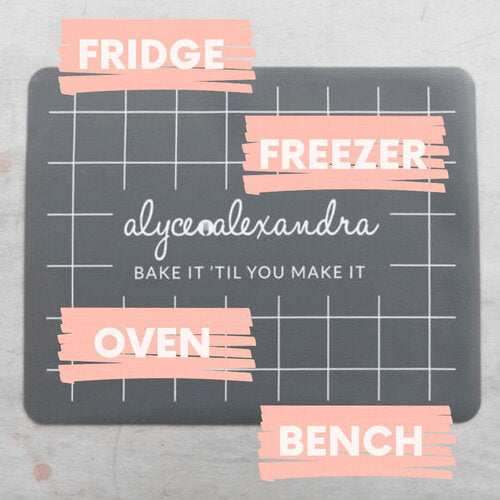My favourite Sunday mornings start with a warm, crusty slice of fresh bread straight out of the oven. However, I don’t want to wait hours for the dough to prove! Here’s my solution, born out of necessity – start this recipe after dinner, and by the time you wake up in the morning the dough will be ready for baking and you’ll have fresh bread in no time. Not only is this recipe oh so convenient, it is also super easy – you don’t have to shape or even handle the dough. This recipe is straight from my latest cookbook ‘Everyday Thermo Cooking’, filled with over 100 easy and delicious Thermomix recipes for every day!
Makes 1 Loaf
+ vegetarian
+ dairy free
+ vegan
Ingredients
570g filtered water
750g bakers flour
2.5 tsp salt
2/3 tsp yeast
Method
- Place water, flour, salt and yeast in TC bowl, mix for 6 seconds, speed 6.
- Kneed for 30 seconds, dough function.
- Invert TC bowl over 900g jumbo bread tin and twist the blades, allowing dough to pour into the tin. If you can’t move the blades, then the mixture is too wet. Add 2 heaped tablespoons of flour and knead on interval speed for another 10 seconds. Cover with a tea towel and set aside overnight to prove (approx. 8-14 hours).
- In the morning (or when ready to cook), preheat oven to 230°C. The dough is ready to cook when it has risen approx. 2cm from the top of the tin.
- Once preheated, place tin in oven and bake for 30 minutes.
- Using oven mitts, turn tin on its side and shake to release loaf. Continue cooking loaf on oven rack for 10 minutes, or until bread is browned and the crust is hard when knocked.
Cool on a wire rack before serving.
Note: Avoid extremes of temperature while your dough is proving. Very hot weather will mean the dough may overprove by morning, and very cold weather will mean that the dough will not rise by breakfast (but might be ready for lunch or dinner!). Store your dough overnight at ambient room temperature – perhaps on top of the hot water system in winter and in the garage in summer.


